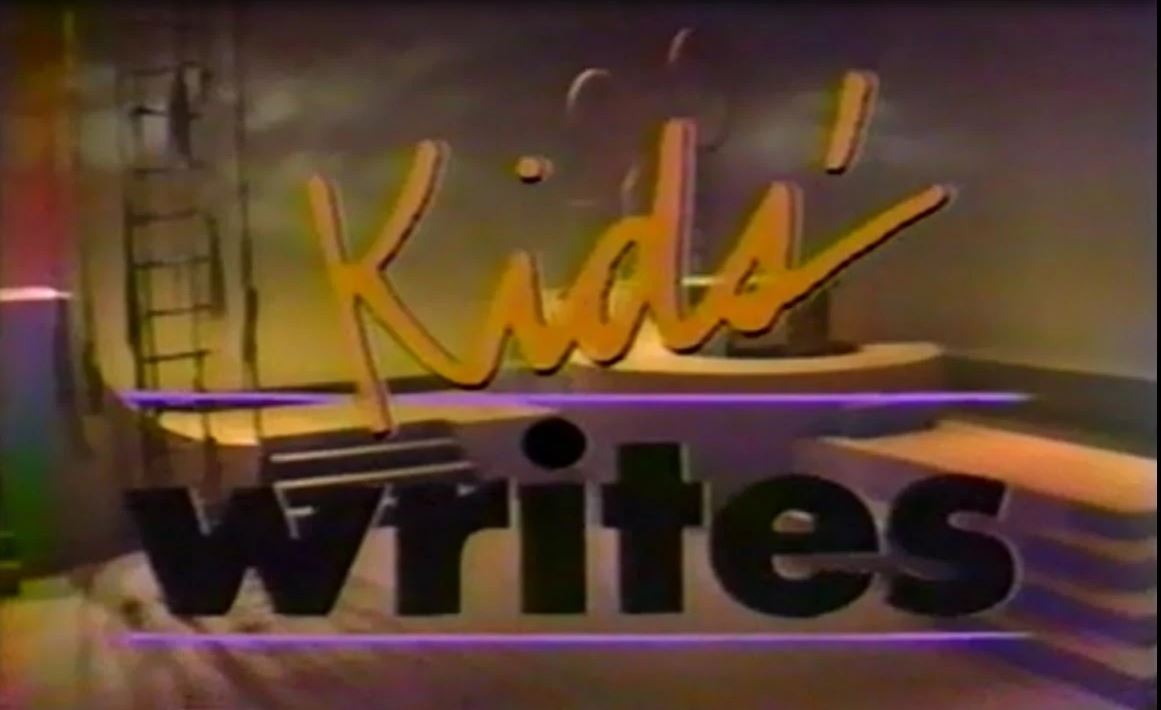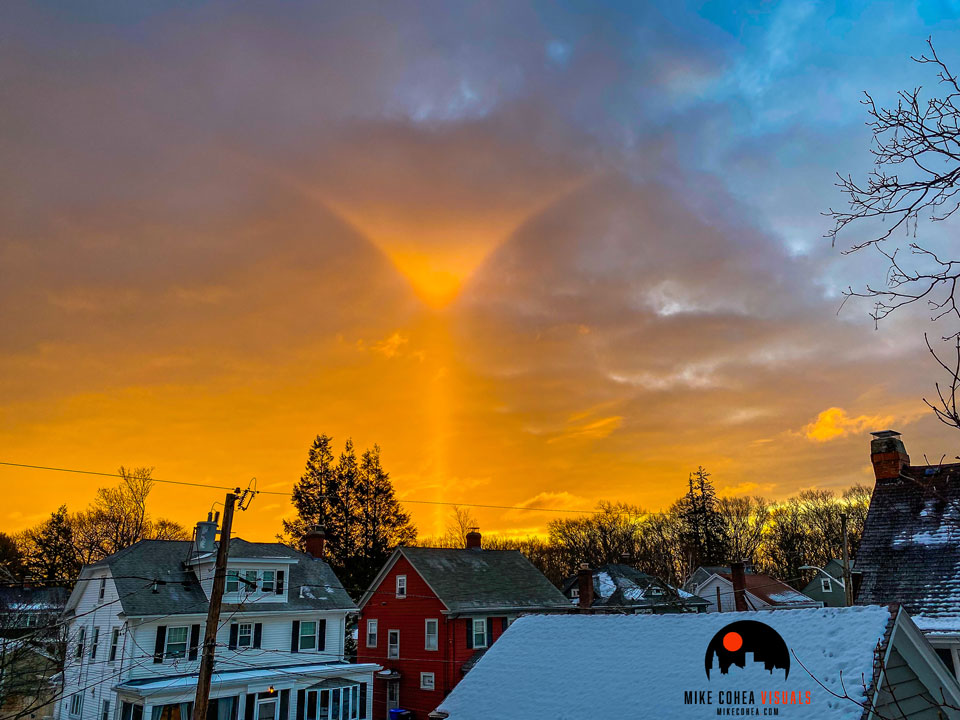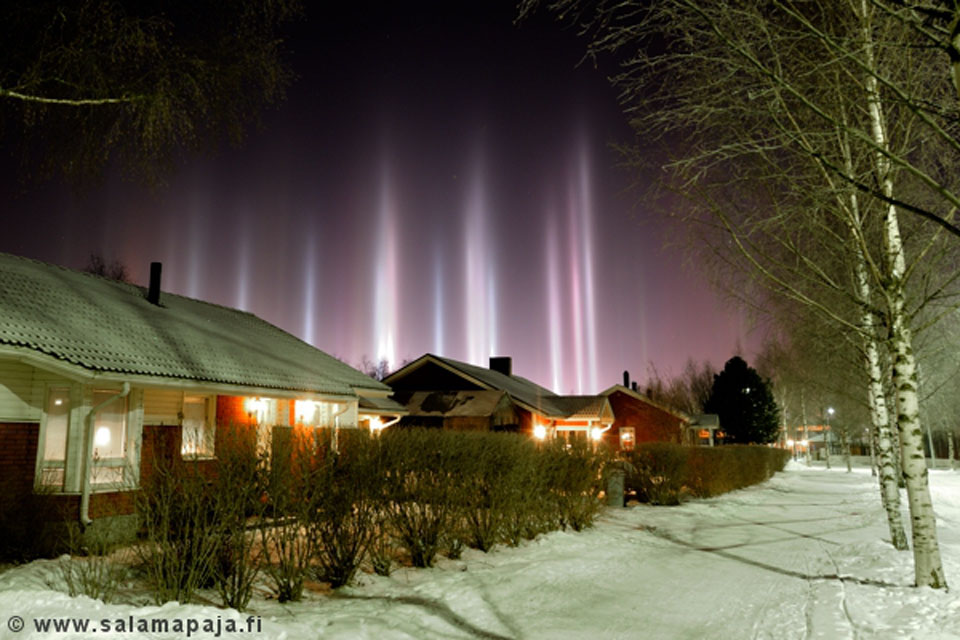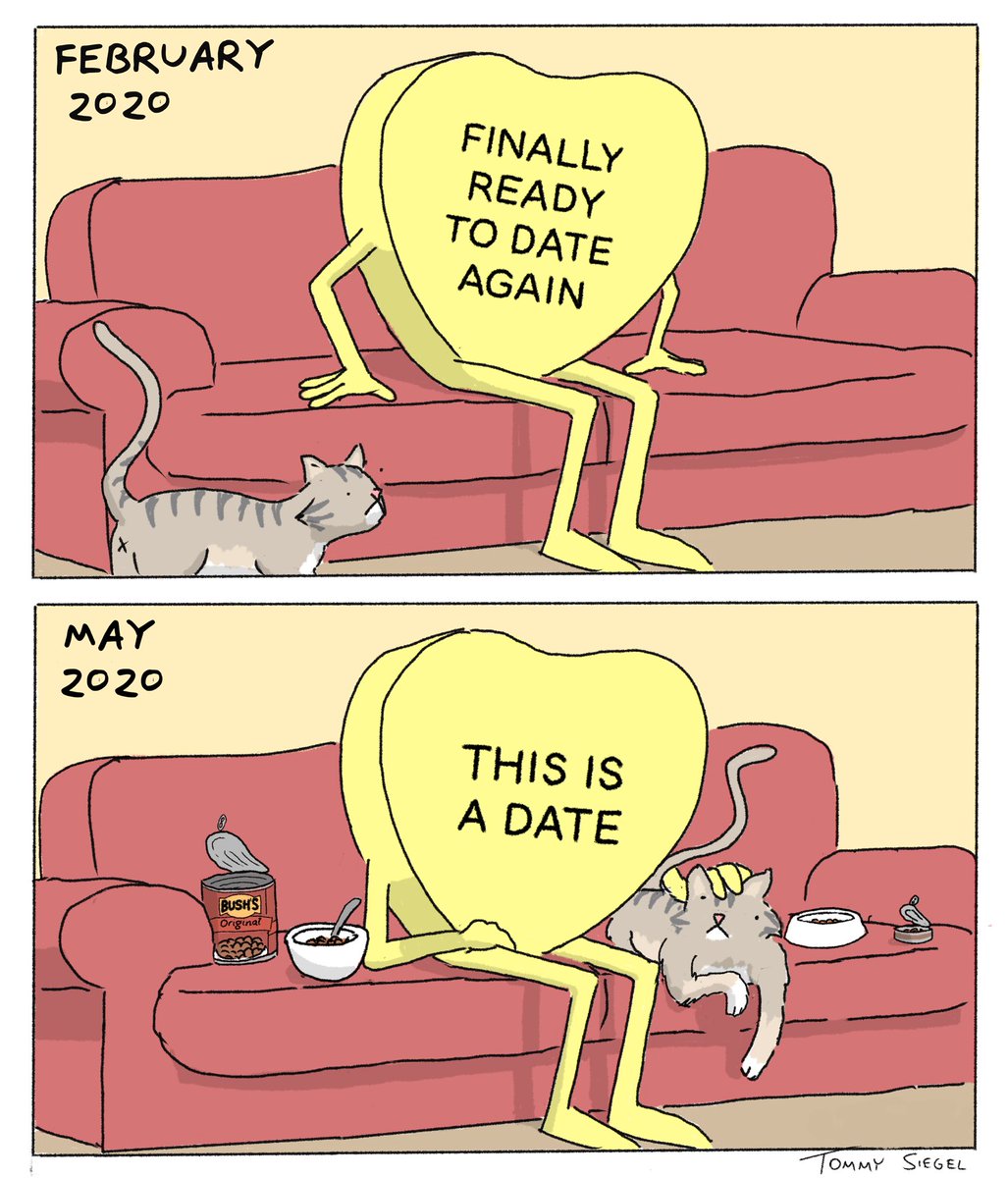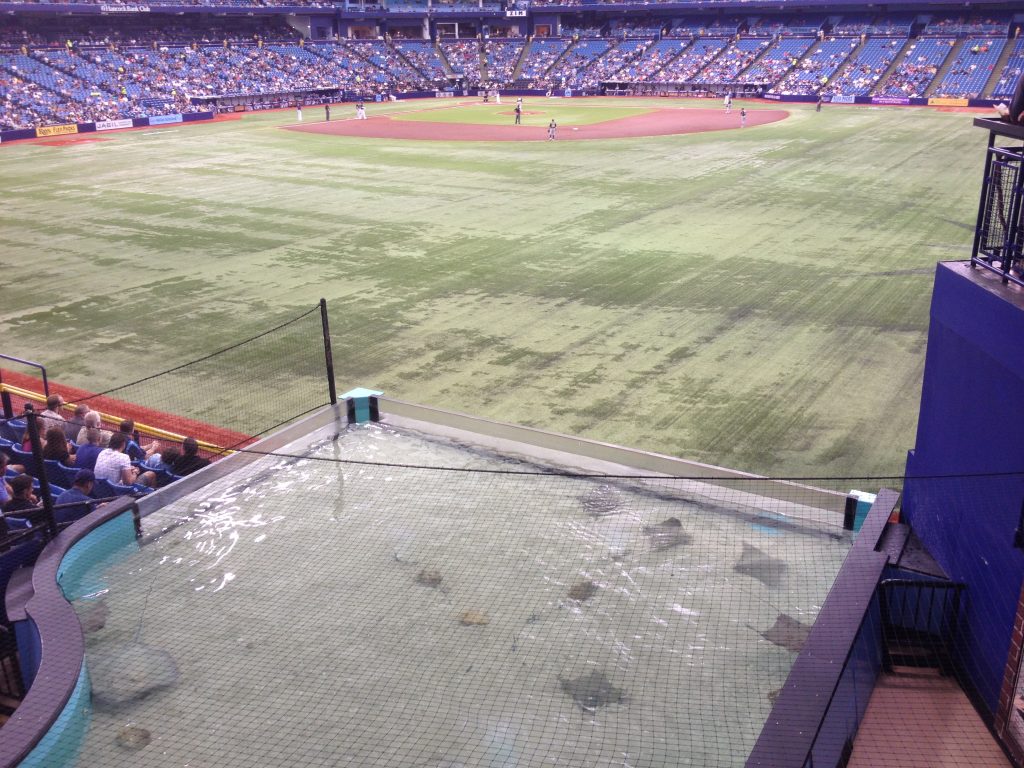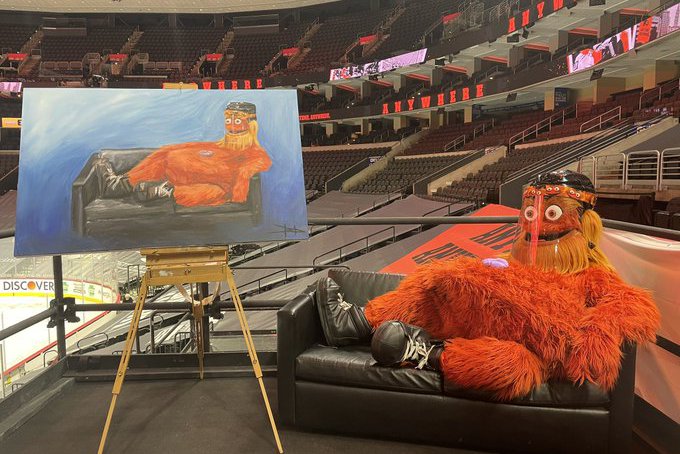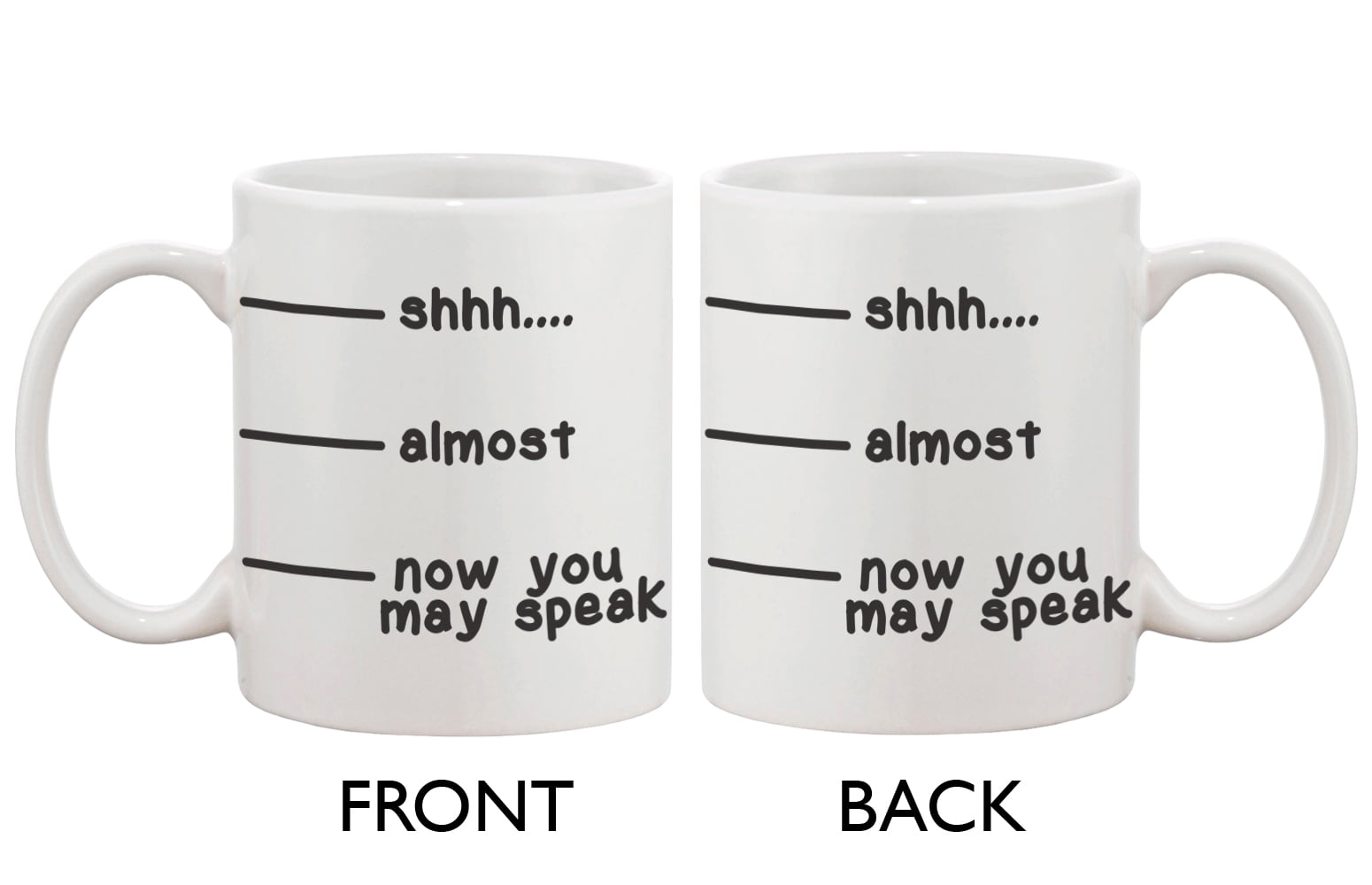Writer’s Block.
Centuries ago cable TV finally came to my neighborhood. People of a certain age will understand the significance of that just as there will presumably be a time when people will remember “cutting the cable”, assuming that time hasn’t already come and gone. Anyway my friends and I would run home after school—usually to my home, which, for some reason, was where we gathered—and turn on this new network called Nickelodeon so we could watch You Can’t Do That On Television and Danger Mouse. And then, later in the evening, usually after my friends had left, there was Kids’ Writes.
If you’re feeling nostalgic right now for that era of Nickelodeon the YouTube channel poparena has a playlist called Nick Knacks that are an incredibly deep and entertaining and explore the channel’s history and shows. They track how Nickelodeon went from a commercial-free “green vegetable channel” of mostly cheap PBS castoffs that struggled to fill a twelve-hour broadcast day to a massive multi-media conglomerate.
The premise of Kids’ Writes was simple: kids wrote in with ideas for sketches or songs and a troupe of adult performers would act them out. At the end of each show they’d put up an address and encourage kids to send in their ideas. If that sounds familiar PBS’s Zoom had the same idea.
I’ve been trying for years to write something about Kids’ Writes, trying to find some hook that would lead into it, something I could say, like maybe how I sent in an idea and they performed it. Except I didn’t. The fact is I never could come up with an idea even though I wanted to so badly. I thought it would be so cool to see my idea performed—maybe I could even convince my friends, who hated Kids’ Writes, to watch it. But I couldn’t come up with anything. I was completely blocked. It was weird because, before that, I had no trouble coming up with stories, but somehow as soon as Kids’ Writes came along, as soon as I had what seemed like a place to share those stories, all those ideas I’d had either seemed wrong or just disappeared.
That may be just as well—it turns out the show only had one season and all the stories performed were selected before production started. I don’t think they were being dishonest when they asked kids to send in ideas. Maybe they hoped they’d have a second season, and I’m sorry they didn’t. But I also imagine I’d be disappointed to have my idea rejected or, worse, get no response even as the same episodes of Kids’ Writes ran over and over. There were just seventeen episodes and they continued airing until 1987, although I quit watching it long before that. I don’t think I even made it through one cycle of reruns and, really, I think I liked the idea of the show more than the show itself.
Anyway I was recently asked to write something for work, which was a pretty cool thing. Creative projects don’t come along often in my job and I was excited just to be asked. And then, of course, I couldn’t come up with an idea. I struggled to find a hook, some way in, something to say, but the well was dry. Performance anxiety of a hell of a thing.
Finally I sat down and just started writing. I won’t say it’s that simple—I did have an idea of what I wanted to do, so I had somewhere to start, but it was so vague I kept putting off even starting. I couldn’t take that first step, metaphorically, because I didn’t know what the next step would be. But when I finally did sit down and start writing the next step appeared, and the one after that, and the one after that.
And, as an added bonus, I finally came up with a way to write about Kids’ Writes.

